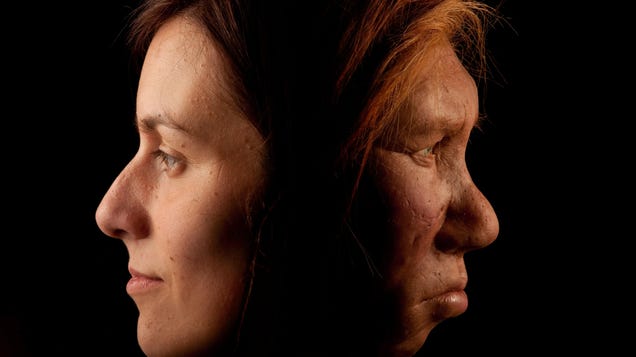Neanderthal remains from the Altai Mountains contain human viruses, a team of researchers has found, suggesting that infectious diseases may have been transmitted between anatomically modern humans and our closest (extinct) cousins. The team’s research, to the biology research preprint server bioRxiv last month, describes conserved segments of ancient viral genomes the team identified in the Neanderthal’s DNA. These ancient viral fragments, however, are inert and cannot be re-transmitted, posing no risk to modern humans.
The remains were found in Chagyrskaya Cave, where in 2022 a team of researchers extracted from the Neanderthals who died there. Chagyrskaya is near the Okladnikov Cave, in which Neanderthal remains were also found, and the now-famous Denisova Cave, unsurprisingly known for the on the site. A high-quality genome of a Chagyrskaya Neanderthal was first in 2020.

Although it’s clear that the human viruses found in Neanderthal genomes are very old, given that Neanderthals went extinct around 40,000 years ago, they are by a long shot. Evidence of viruses in vertebrates dates back nearly 300 million years; in 2019, a different team of researchers, in PLoS One, described 290-million-year-old evidence of bone disease in an amniote, which they presented as possibly “the earliest indirect evidence of virus in the fossil record.” But more direct evidence of viruses in long-dead things turns up in microscopic fashion, showing how by the viral loads that infected .
















